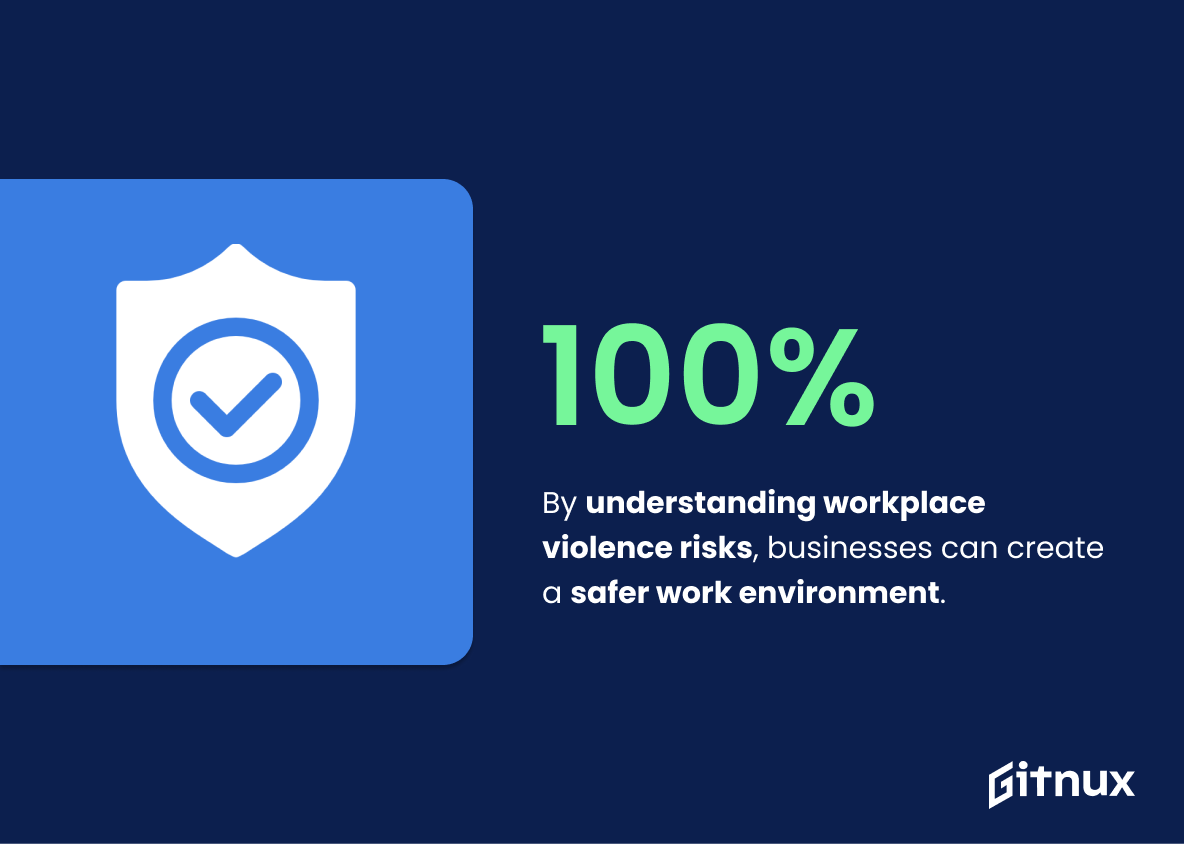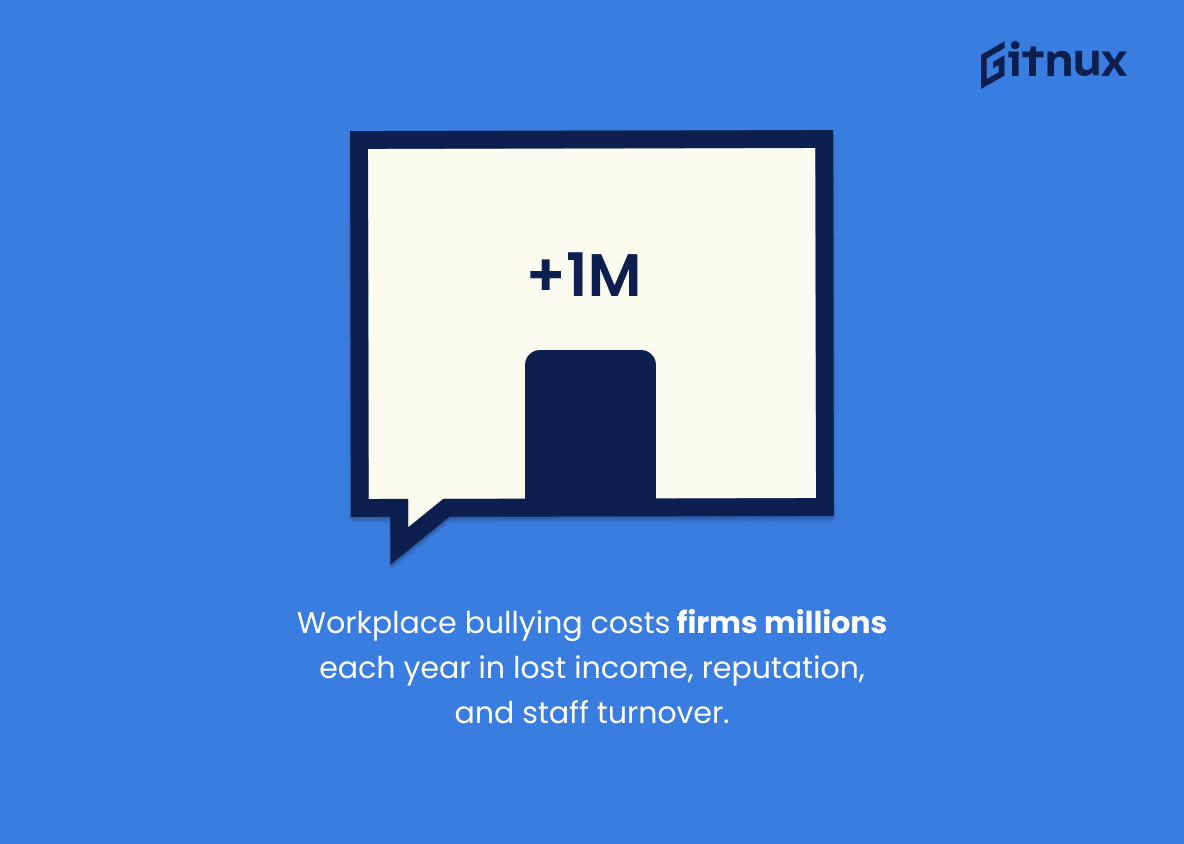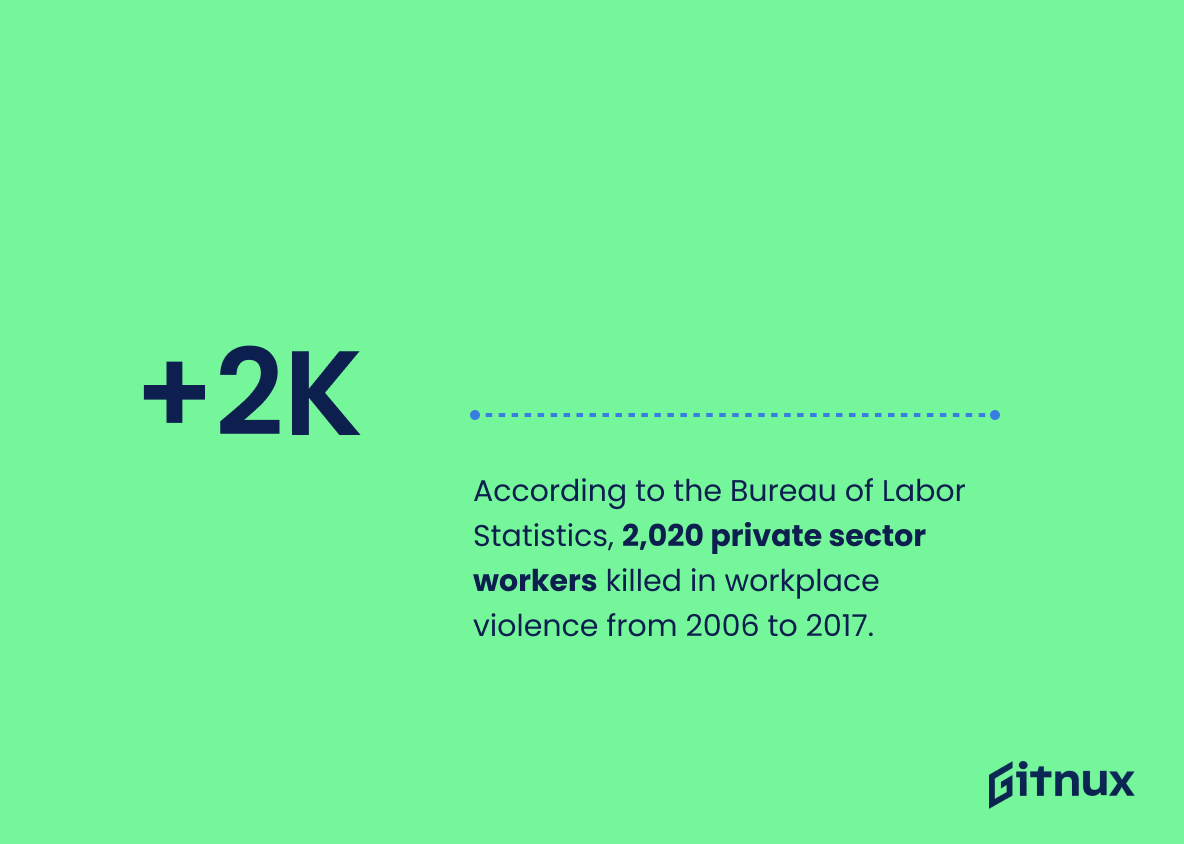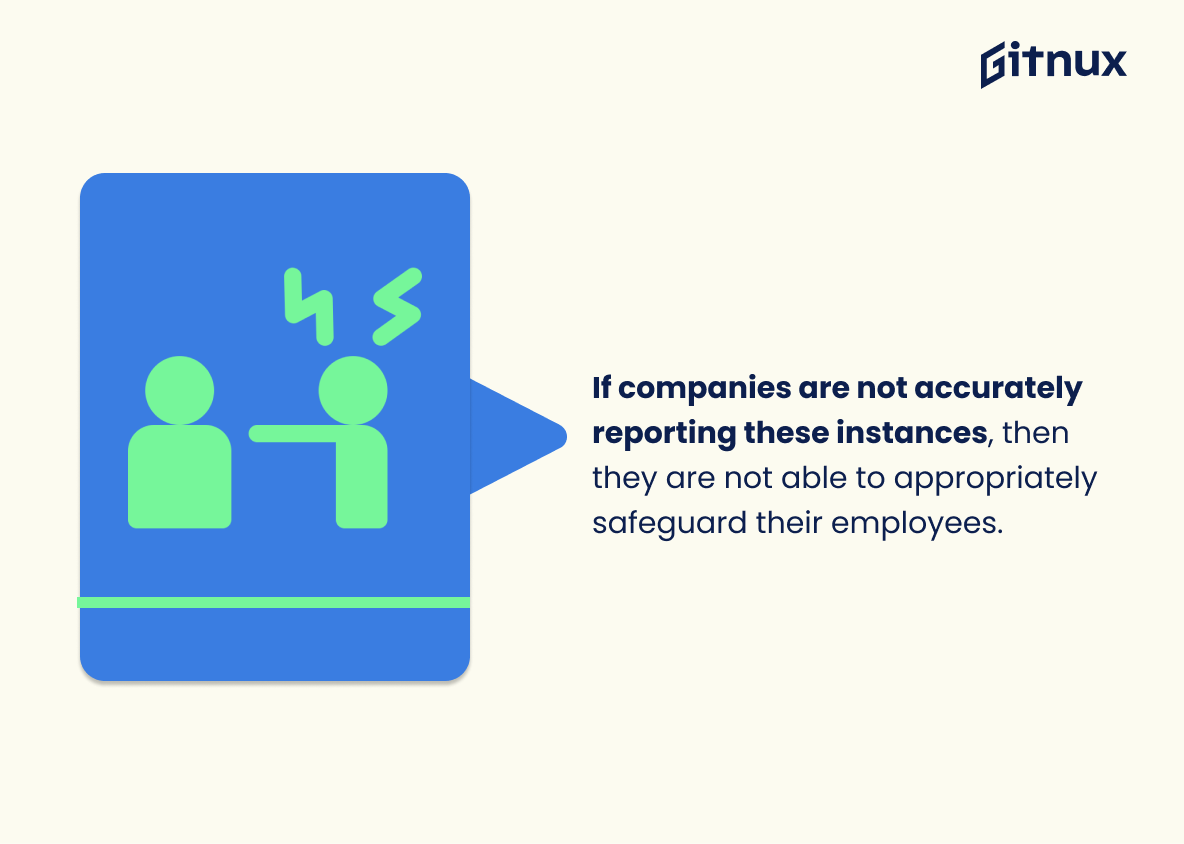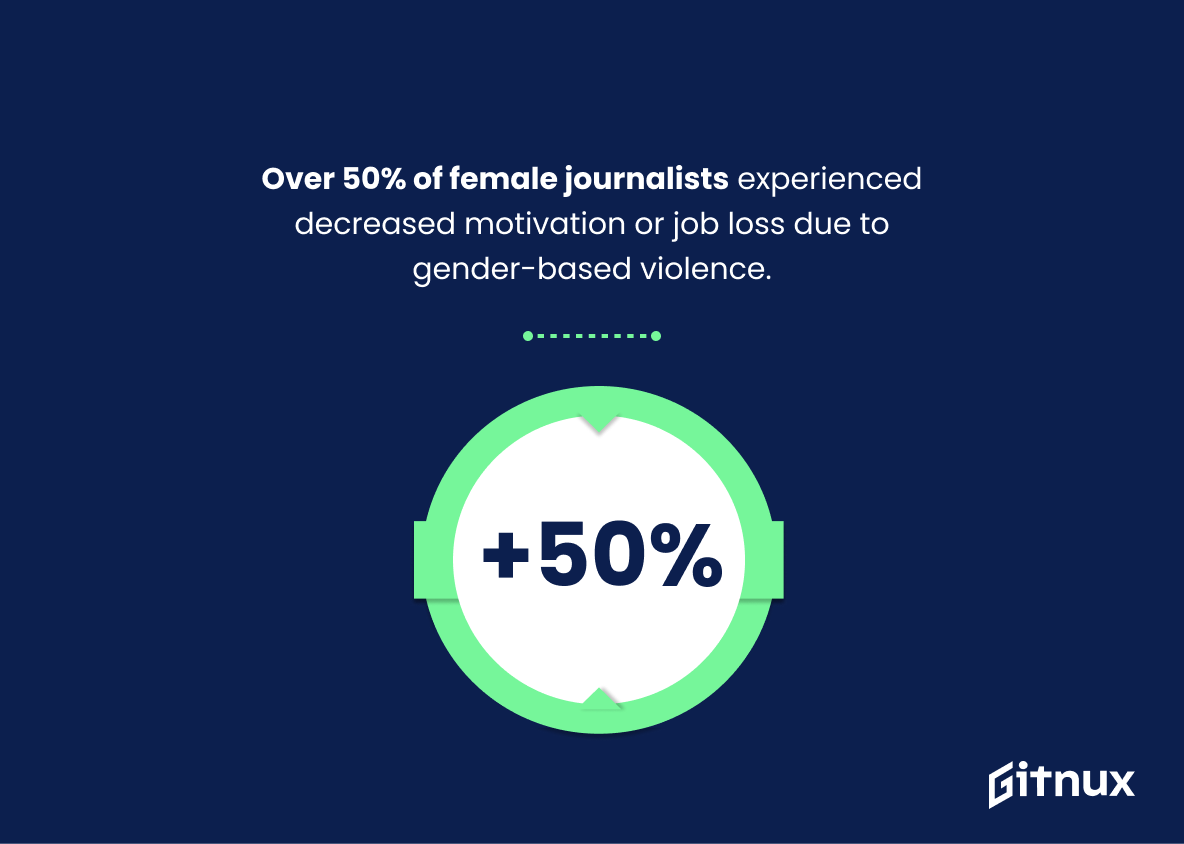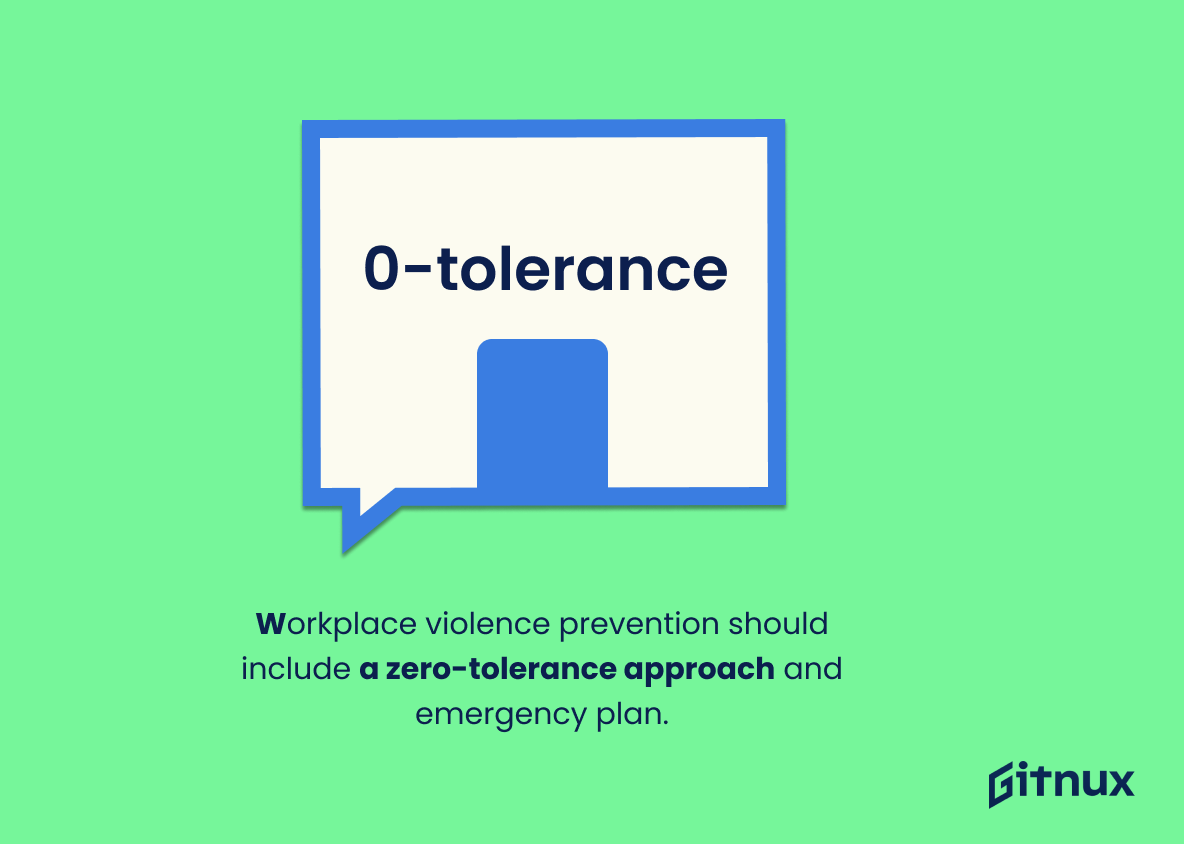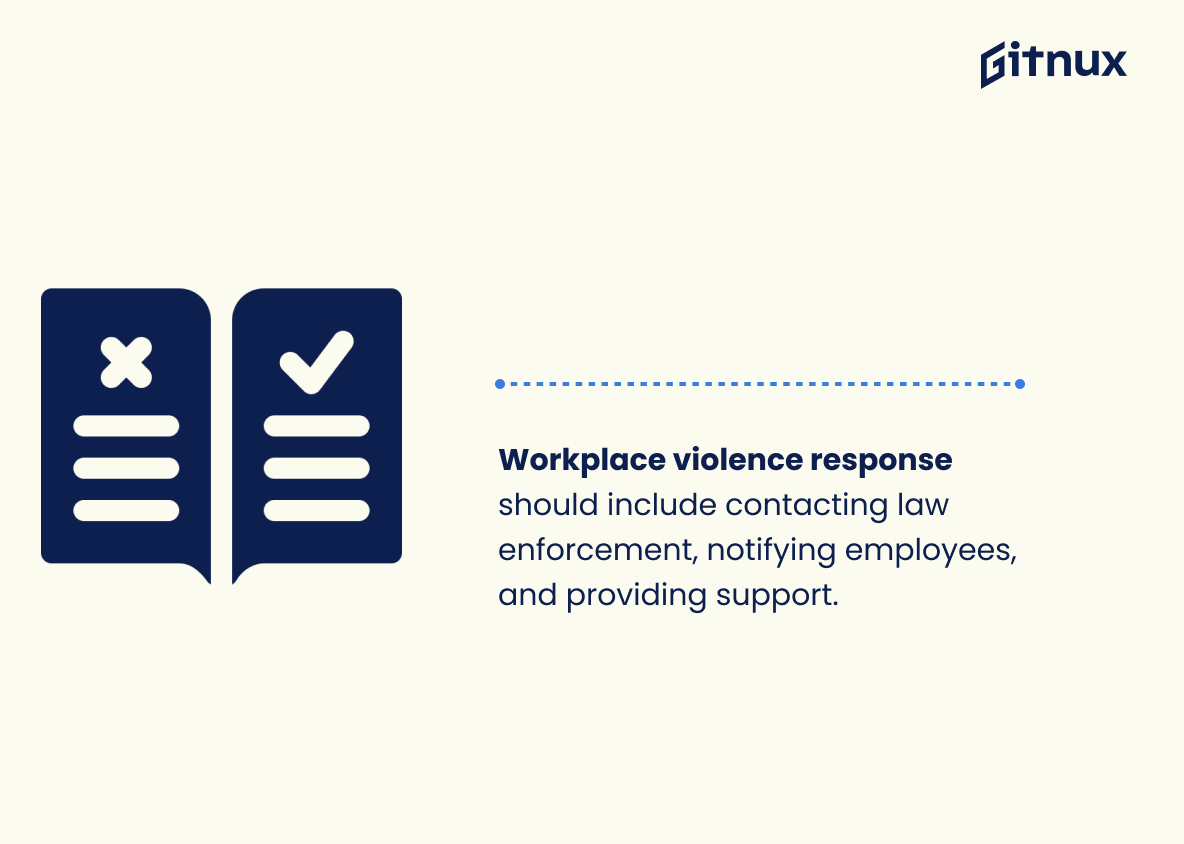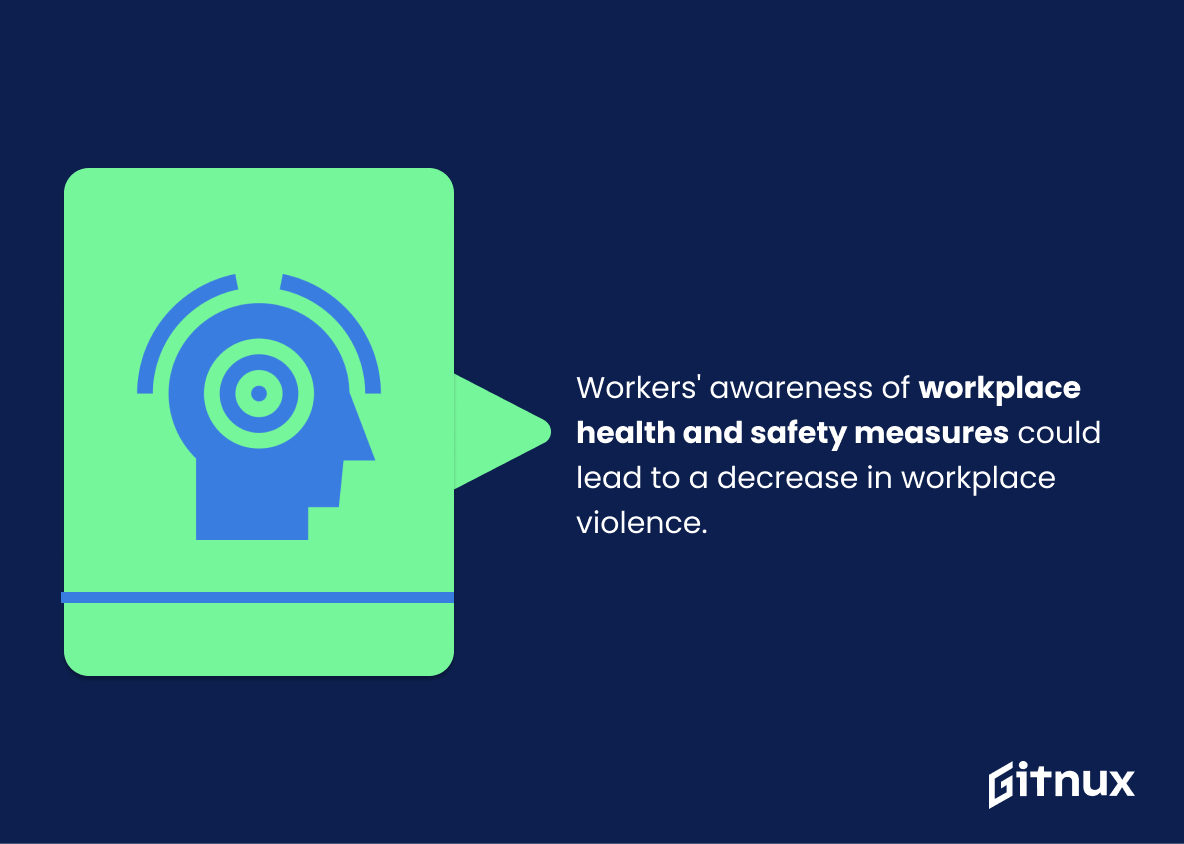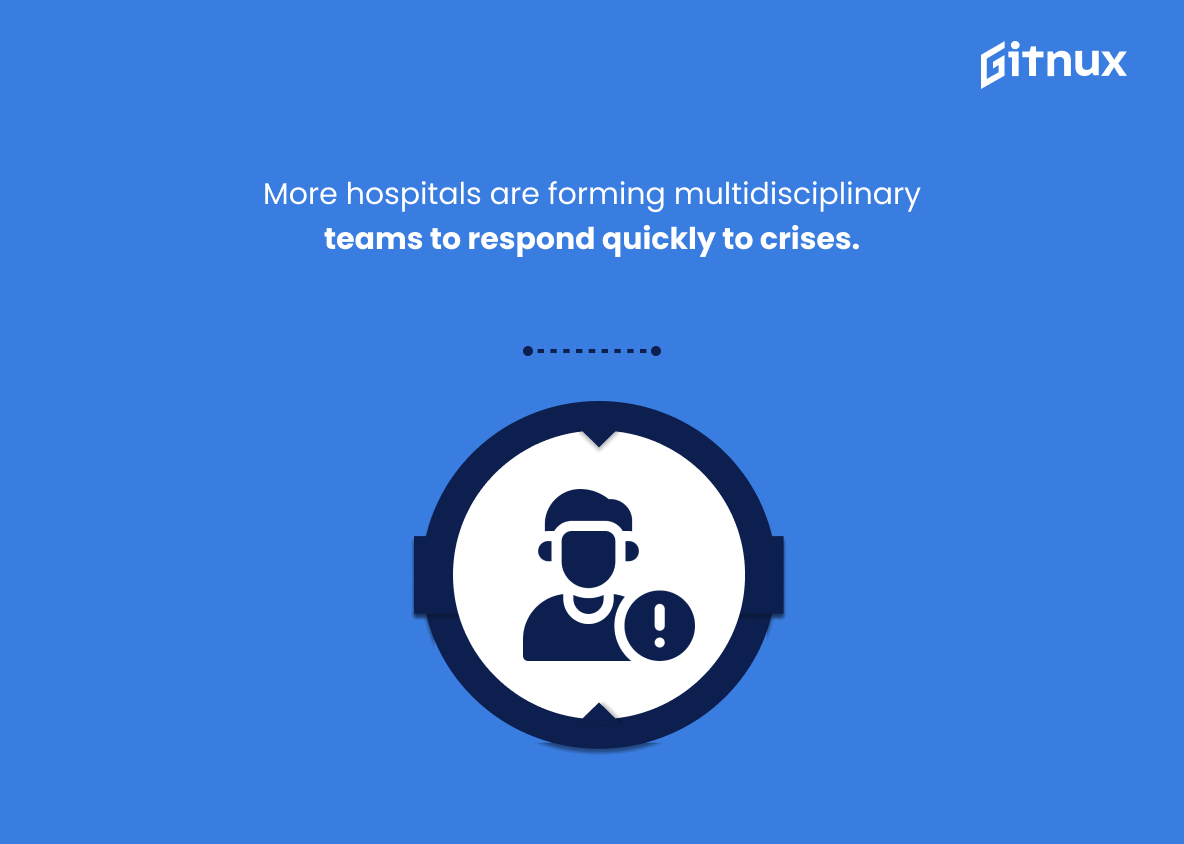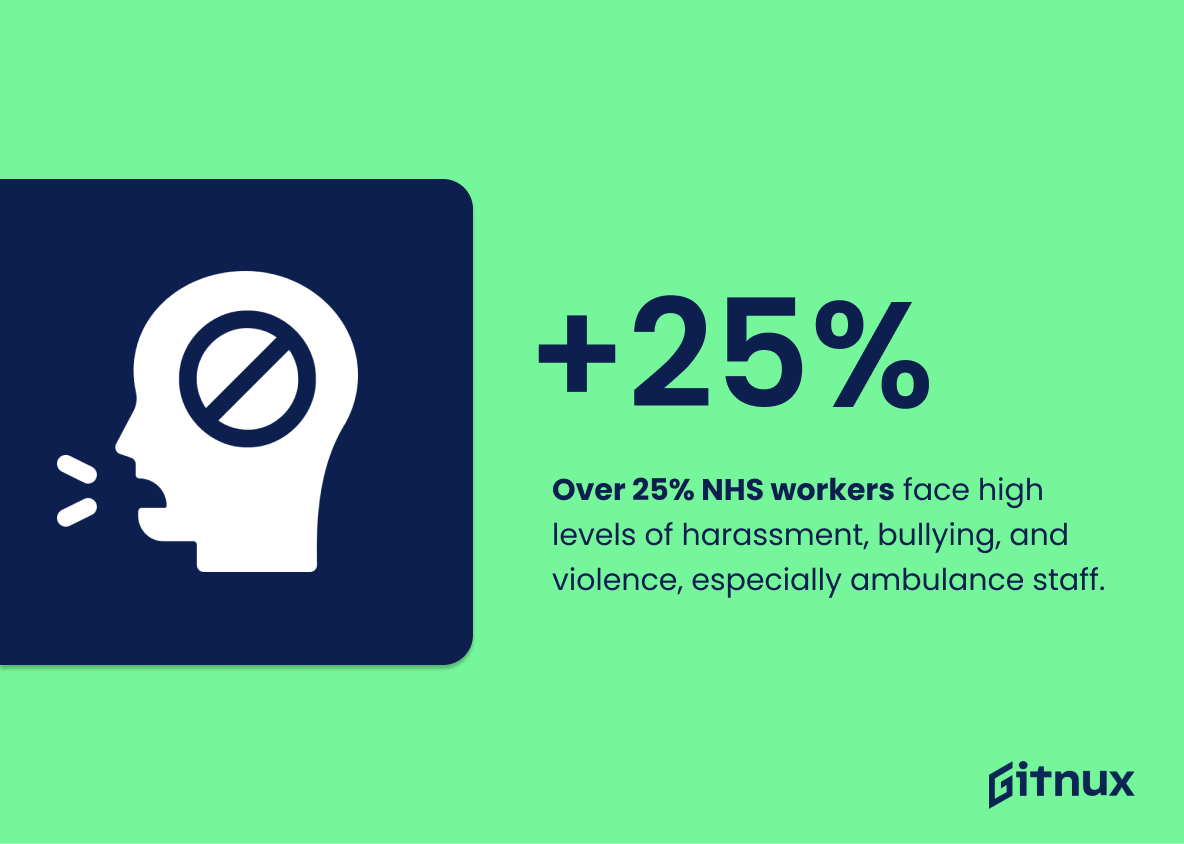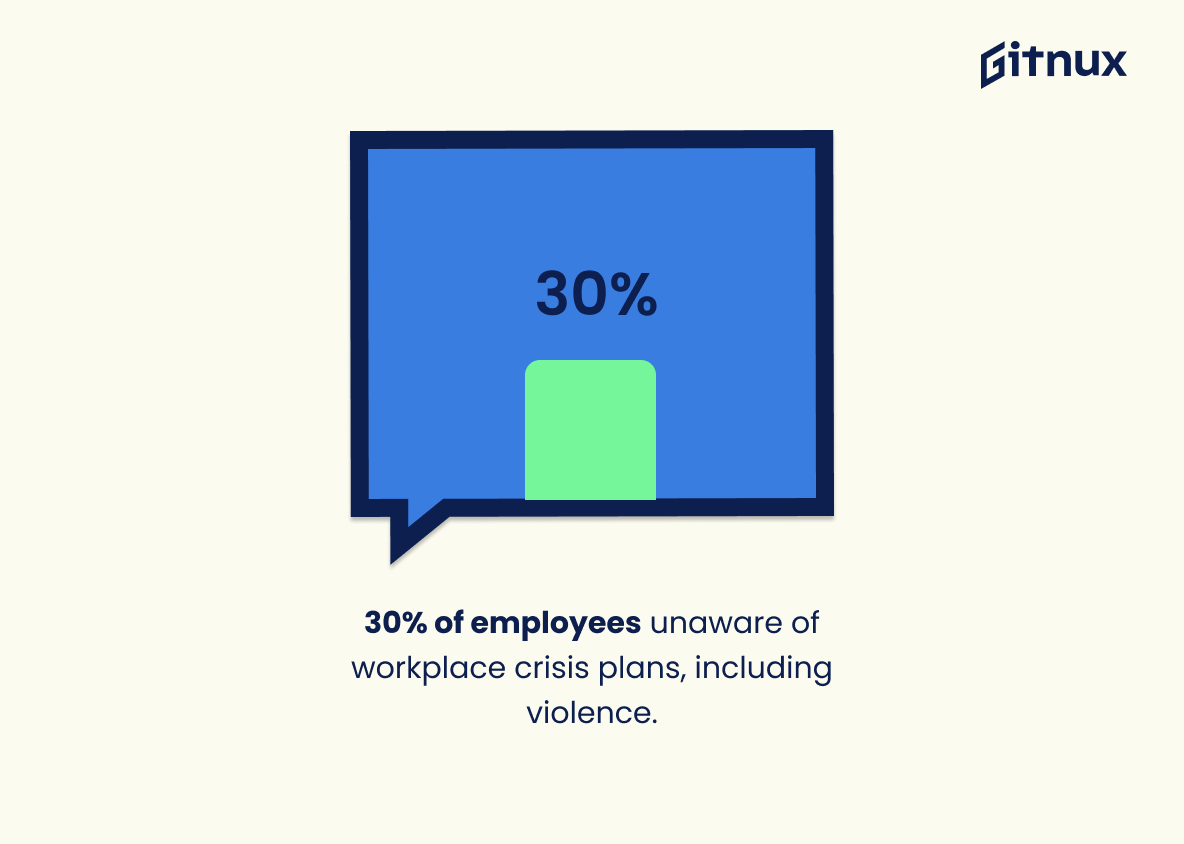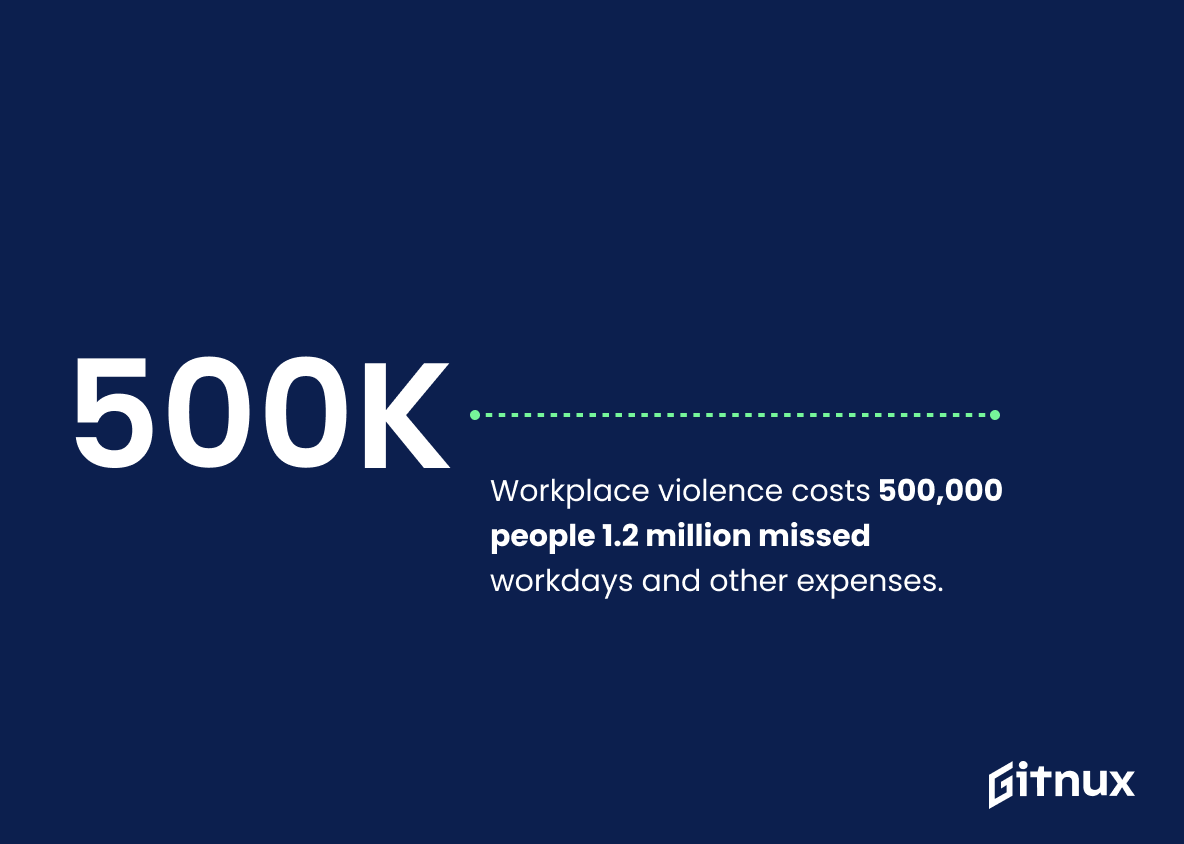Workplace violence is a serious issue that affects millions of workers in the United States each year. The statistics surrounding workplace violence are alarming, and it is important for employers to be aware of the risks and take steps to prevent it.
In this blog post, we will discuss the latest workplace violence statistics, the causes of workplace violence, and what employers can do to protect their employees. We will also provide resources for employers to help them create a safe work environment and prevent workplace violence.
Workplace Violence: The Most Important Statistics
Over half of female journalists polled in 2020 experienced decreased motivation or job loss as a result of gender-based violence.
According to the US Department of Labor, the rate of non-fatal workplace violence incidents was 2.0 cases per 10,000 full-time workers in 2017.
Workplace Violence: Statistics Overview
Workplace violence statistics are valuable. They provide insight into the prevalence of violence in the workplace, and they can help businesses understand the need for policies and training to protect their employees.
By understanding the risks associated with workplace violence, businesses can take steps to ensure that their employees feel safe and secure in their work environment.
Workplace violence is an issue that can range from bullying to physical assault, and it is important for businesses to have a policy in place to prevent and address it.
The Importance of Workplace Violence Statistics
Workplace bullying affects millions of workers each year, particularly those in jobs that deal with the public or money, and causes firms to suffer lost income, reputation harm, staff attrition and turnover.
This shows the prevalence and cost of workplace bullying, which is an important factor to consider when attempting to curb occupational violence in the United States.
According to the Bureau of Labor Statistics, an estimated 2,020 private sector workers were killed in workplace violence incidents from 2006 to 2017.
Organizations are underreporting non-fatal workplace fatalities and illnesses, resulting in an inaccurate depiction of workplace violence and inadequate protection of employees. The under-reporting of non-fatal workplace fatalities and illnesses is essential to understand because it paints an inaccurate image of the actual violence in the workplace.
If companies are not accurately reporting these instances, then they are not able to appropriately safeguard their employees.
Therefore, it is necessary for organizations to accurately report non-fatal workplace fatalities and illnesses in order to ensure the safety of their employees.
Over half of female journalists polled in 2020 experienced decreased motivation or job loss as a result of gender-based violence.
This statistic matters since it highlights the prevalence of gender-based violence in the workplace and the professional repercussions it can have on female journalists. It also serves as a reminder that workplace violence is a serious issue that needs to be addressed.
Also, according to the US Department of Labor, the rate of non-fatal workplace violence incidents was 2.0 cases per 10,000 full-time workers in 2017.
Our article about Work Ethics Statistics might also be interesting for you
Workplace Violence Prevention
Workplace violence prevention strategies should include a zero-tolerance approach and an emergency action plan to ensure the safety of employees, families, and the venue.
It provides a framework for employers to follow in order to protect their employees and the workplace from potential violence.
Furthermore, it outlines the steps that should be taken in the event of an incident of workplace violence, such as contacting law enforcement, notifying employees of potential threats, and providing counselling and other assistance.
By having these strategies in place, employers can help to reduce the risk of workplace violence and ensure the safety of their employees.
Workers are increasingly aware of workplace health and safety measures. This could lead to a decrease in workplace violence incidents, as workers are more likely to be proactive in preventing such incidents.
Workplace Violence in Healthcare
More hospitals are forming multidisciplinary teams to respond quickly to crises involving patients and visitors.
This provides a way for hospitals to be proactive in preventing violence in the workplace and to respond quickly and effectively when violence does occur. It also ensures that the professionals responding to the crisis are properly trained and equipped to handle the situation.
Over 25% of NHS England workers experienced harassment, bullying, or abuse from patients/service users, their family, or other members of the public in the 2016-2020 period, with almost half of Ambulance Trusts personnel and one in seven employees experiencing physical violence.
These data highlight the prevalence of violence and harassment in the workplace, particularly in the NHS, and the need for better safety measures to protect workers.
Emergency Plans for Workplace Violence
30% of respondents are unaware of their companies’ emergency plans for workplace crises, including violence, which is important for preventing workplace violence.
It is crucial to about this fact because it spotlights the need for employers to ensure that their employees are aware of the emergency plans in place for various workplace crises, including violence. Without this knowledge, employees may be unprepared to respond to a violent situation, which could lead to further injury or death.
By staying knowledgeable and sensitive to workplace dynamics, employers can help to prevent workplace violence and ensure the safety of their employees.
Costs of Workplace Violence
Workplace violence costs 500,000 people 1.2 million missed workdays per year, as well as other expenditures such as trauma treatment, funerals, and grieve counselling.
This statistic shows the financial burden of workplace violence, which is not limited to missed workdays. It also includes other expenses such as trauma treatment, funerals, and grieve counselling, which can be more difficult to calculate but still have a significant impact on businesses.
Investing in a system to detect and respond to dangers before they escalate can help to reduce these costs.
Supplementary Statistics
Workplace violence is the third-leading cause of fatal occupational injuries in the United States.
This serves as a reminder that workplace violence is a serious issue that needs to be addressed, and that it is a leading cause of fatal occupational injuries. It is a call to action for employers to take steps to ensure the safety of their employees and to prevent workplace violence.
Approximately 2 million American workers experience workplace violence each year.
It highlights the need for employers to take proactive steps to ensure the safety of their employees and to create a safe and secure work environment. It also serves as a warning to employees to be aware of the potential risks of workplace violence and to take steps to protect themselves.
66% of women experience sexual harassment at work, a form of workplace violence.
Employers need to take proactive steps to ensure that their workplaces are safe and free from harassment and other forms of violence. It also serves as a call to action for individuals to speak up and take a stand against workplace violence.
77% of workplace violence incidents are committed by someone the victim knows.
Workplace violence is not always perpetrated by strangers, but can also come from people the victim knows. This highlights the importance of being aware of potential risks from people in the workplace, even those who may seem familiar or friendly. It also emphasizes the need for employers to take steps to protect their employees from any kind of violence, regardless of the source.
79% of workplace homicides are committed by a non-employee.
Employers need to take proactive steps to protect their staff from potential threats posed by non-employees. It also serves as a warning that employers should not overlook the potential risks posed by outsiders.
Health care workers experience two-thirds of all nonfatal workplace violence incidents.
This is a stark reminder of the dangers that health care workers face on a daily basis. It highlights the fact that health care workers are disproportionately affected by workplace violence, and that more needs to be done to protect them from such incidents. It also serves as a call to action for employers to take steps to ensure that their health care workers are safe and secure in their workplace.
56% of employees who experience workplace violence do not report the incident.
Employers should create a safe and supportive environment for their employees, where they feel comfortable speaking up about any incidents of violence they may experience. It also serves as a call to action for employers to take proactive steps to prevent workplace violence and ensure that employees feel empowered to report any incidents that do occur.
80% of active shooter incidents in the US from 2000 to 2013 occurred at work.
This serves as a warning to employees to be vigilant and to be aware of their surroundings at all times.
Solo offenders account for 89% of workplace violence incidents, and males account for 83%.
The majority of workplace violence incidents are perpetrated by a single individual, and that the majority of those individuals are male. This is an important statistic to consider when discussing workplace violence, as it provides insight into the scope of the problem and the potential risk factors associated with it.
Victims of workplace violence take an average of 3.5 days to recover and return to work.
The significance of this statistic is clear: workplace violence has a lasting impact on its victims. Not only does it cause physical and emotional trauma, but it also takes an average of 3.5 days for victims to recover and return to work. This is a significant amount of time, and it serves as a reminder that workplace violence should not be taken lightly.
About 44% of organizations experienced workplace violence in the past year.
Retail and service industries experience 50% of all workplace violence incidents.
Workplace violence costs employers $121 billion annually.
The staggering cost of workplace violence, amounting to $121 billion annually, serves as a stark reminder of the devastating impact it can have on businesses. This figure is a testament to the immense financial burden that workplace violence can impose on employers, making it an issue that cannot be ignored.
1 in 6 workplace violence incidents are committed by a current or former employee.
It highlights the importance of having policies and procedures in place to protect employees from potential threats from current and former employees. It also serves as a warning to employers to be aware of any potential signs of aggression or violence from their employees, and to take appropriate action if necessary.
20.3% of workplace violence incidents are committed by clients or customers.
Workplace violence is responsible for approximately 18% of all violent crimes in the US.
Thus, workplace violence is a serious issue that needs to be addressed, and that it is responsible for a significant portion of all violent crimes in the country.
In 2018, nearly 70% of workplace violence incidents resulted in lost workdays.
It displays the fact that workplace violence not only has a psychological impact on victims, but also a financial one, as it results in lost workdays. This statistic serves as a powerful reminder of the importance of taking workplace violence seriously and taking steps to prevent it.
Conclusion
In conclusion, workplace violence statistics are a sobering reminder of the dangers that exist in the workplace. It is important to be aware of the risks and to take steps to protect yourself and your coworkers.
Employers should also take steps to create a safe work environment and to address any potential risks. By understanding the risks and taking steps to prevent violence in the workplace, we can help to reduce the number of incidents of workplace violence.
References
https://www.zippia.com/advice/workplace-violence-statistics/#:~:text=Approximately%2016%20out%20of%201%2C000,65%20years%20old%20and%20older.
https://www.bls.gov/iif/home.htm
https://www.bls.gov/news.release/pdf/osh2.pdf
https://denverite.com/2016/06/30/homicide-leading-cause-workplace-death-women/
https://www.statista.com/statistics/1249471/consequences-sexist-abuse-journalists-worldwide/
https://www.shrm.org/resourcesandtools/hr-topics/risk-management/pages/survey-half-of-hr-pros-workplaces-experienced-violence-.aspx#:~:text=About%20half%20(48%20percent)%20of,Human%20Resource%20Management%20(SHRM).
https://www.honeywell.com/us/en/press/2021/1/honeywell-survey-reveals-68-of-surveyed-workers-do-not-feel-completely-safe-in-their-buildings
https://www.aamc.org/news-insights/threats-against-health-care-workers-are-rising-heres-how-hospitals-are-protecting-their-staffs1 – https://www.statista.com/statistics/1271542/nhs-england-staff-experiencing-abuse-or-physical-violence/
https://www.tlnt.com/workplace-violence-affects-millions-costs-billions/
https://www.captiveinternational.com/contributed-article/the-hidden-costs-of-workplace-violence
https://www.usmarshals.gov
https://www.workplaceviolencepreventioninstitute.org
https://www.hrinz.org.nz
https://www.nsc.org
https://www.fbi.gov
https://www.asisonline.org
https://www.pinnacol.com
https://www.rand.org
https://www.shrm.org
https://www.worksafe.qld.gov.au
https://www.osha.gov
https://www.bls.gov
https://www.securityinfowatch.com
ZipDo, cited June 2023: Workplace Violence Statistics
